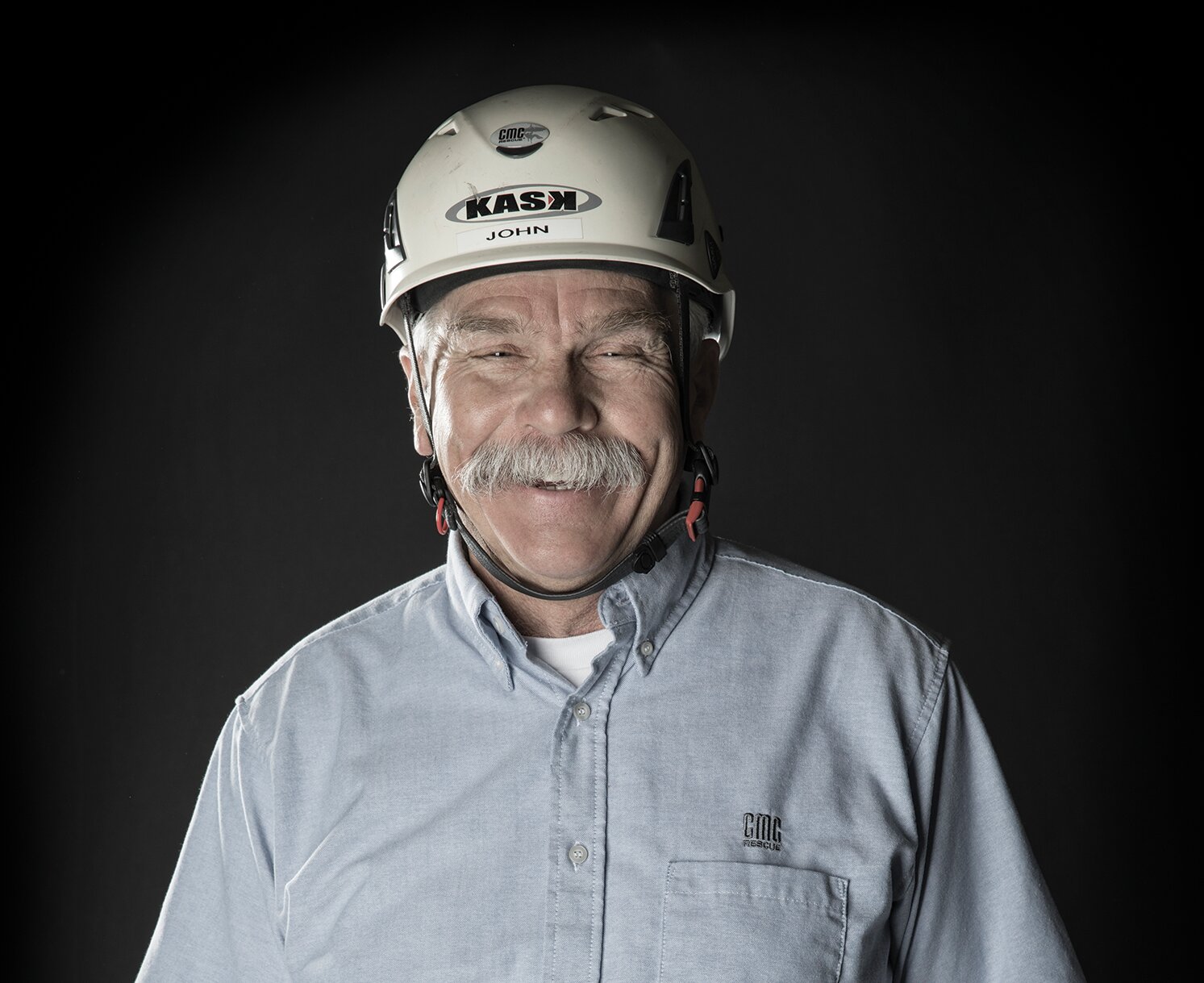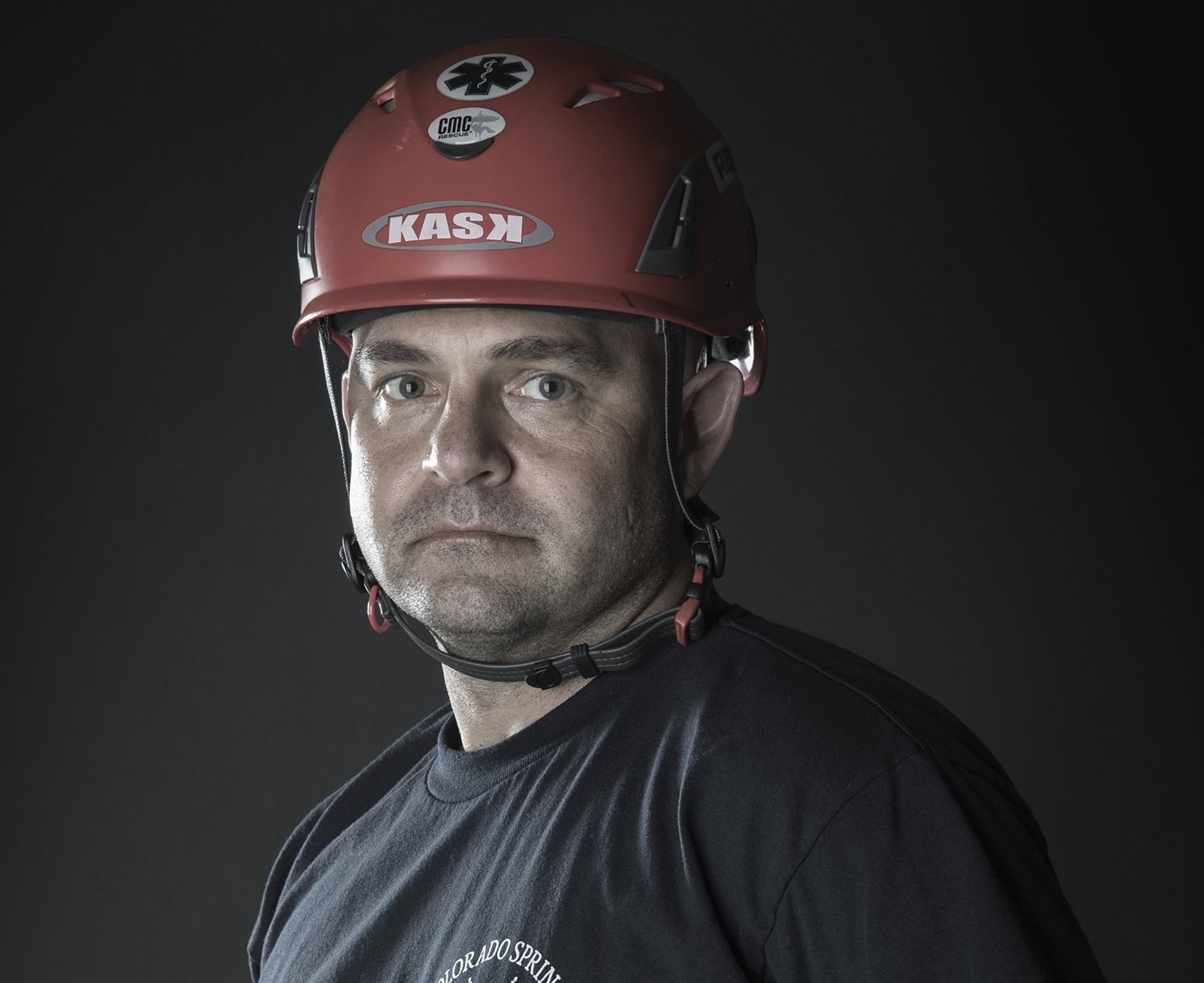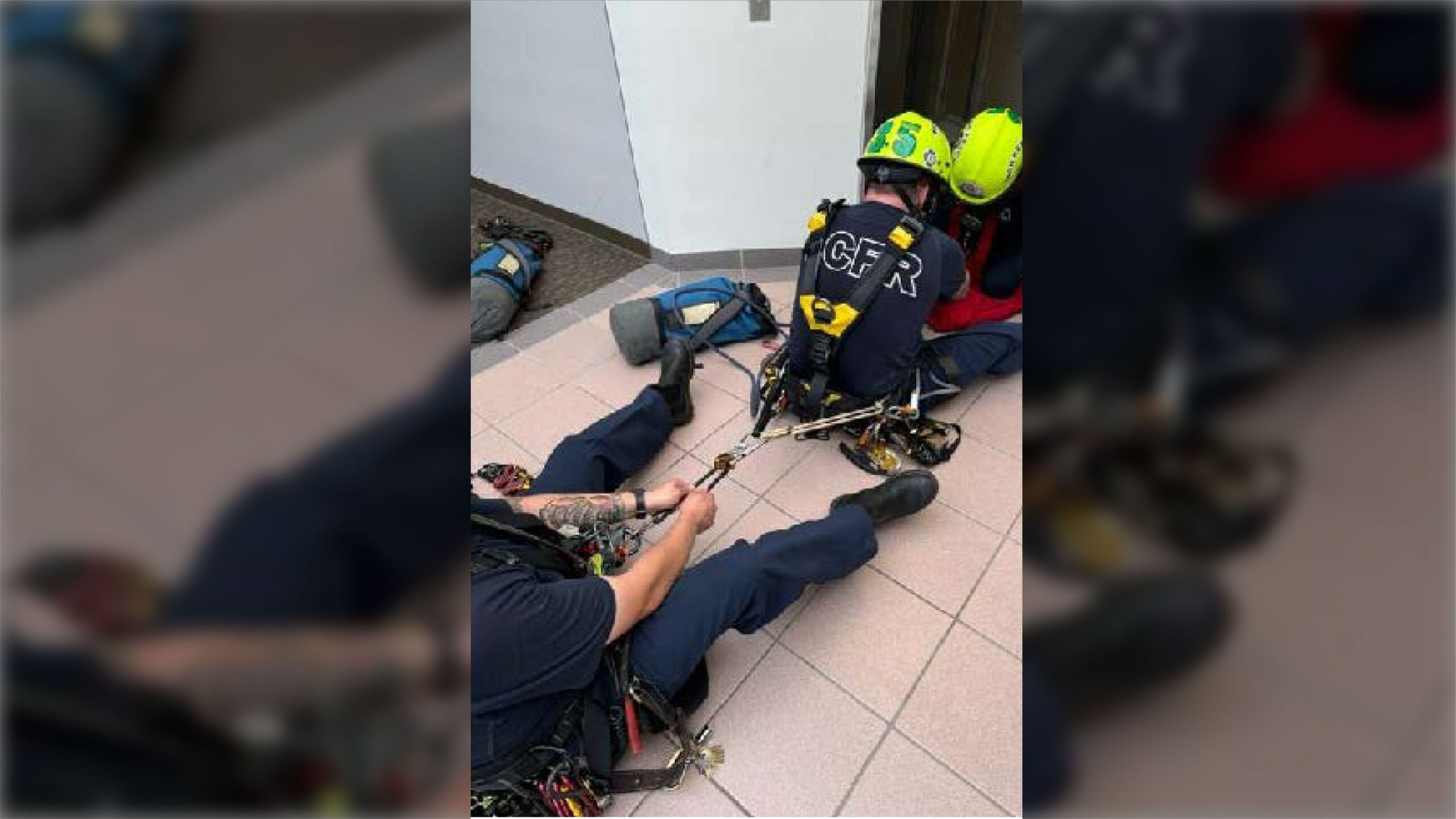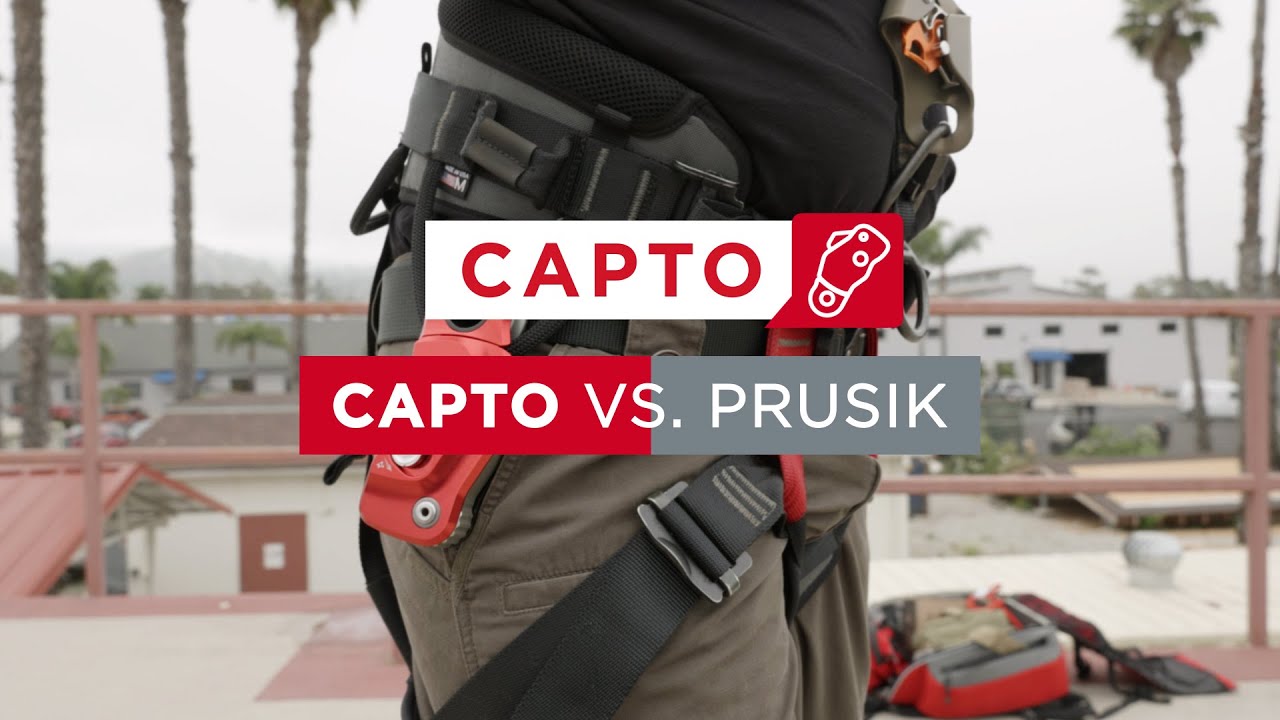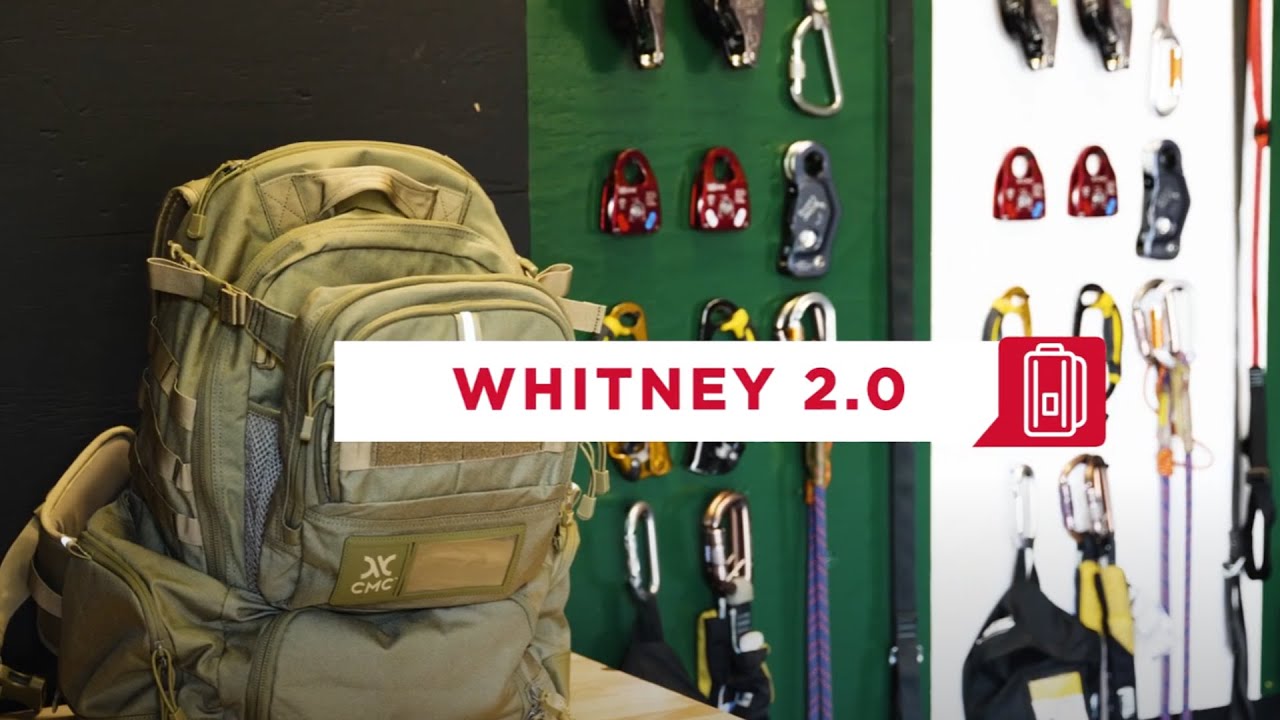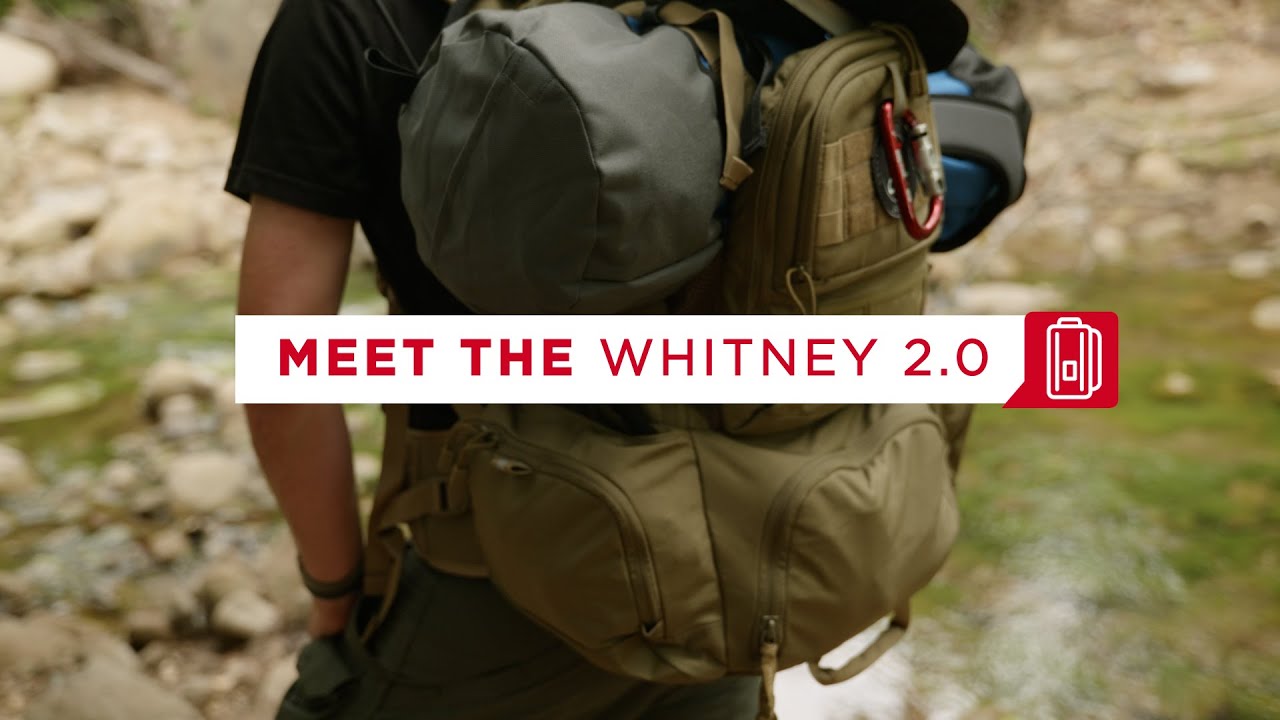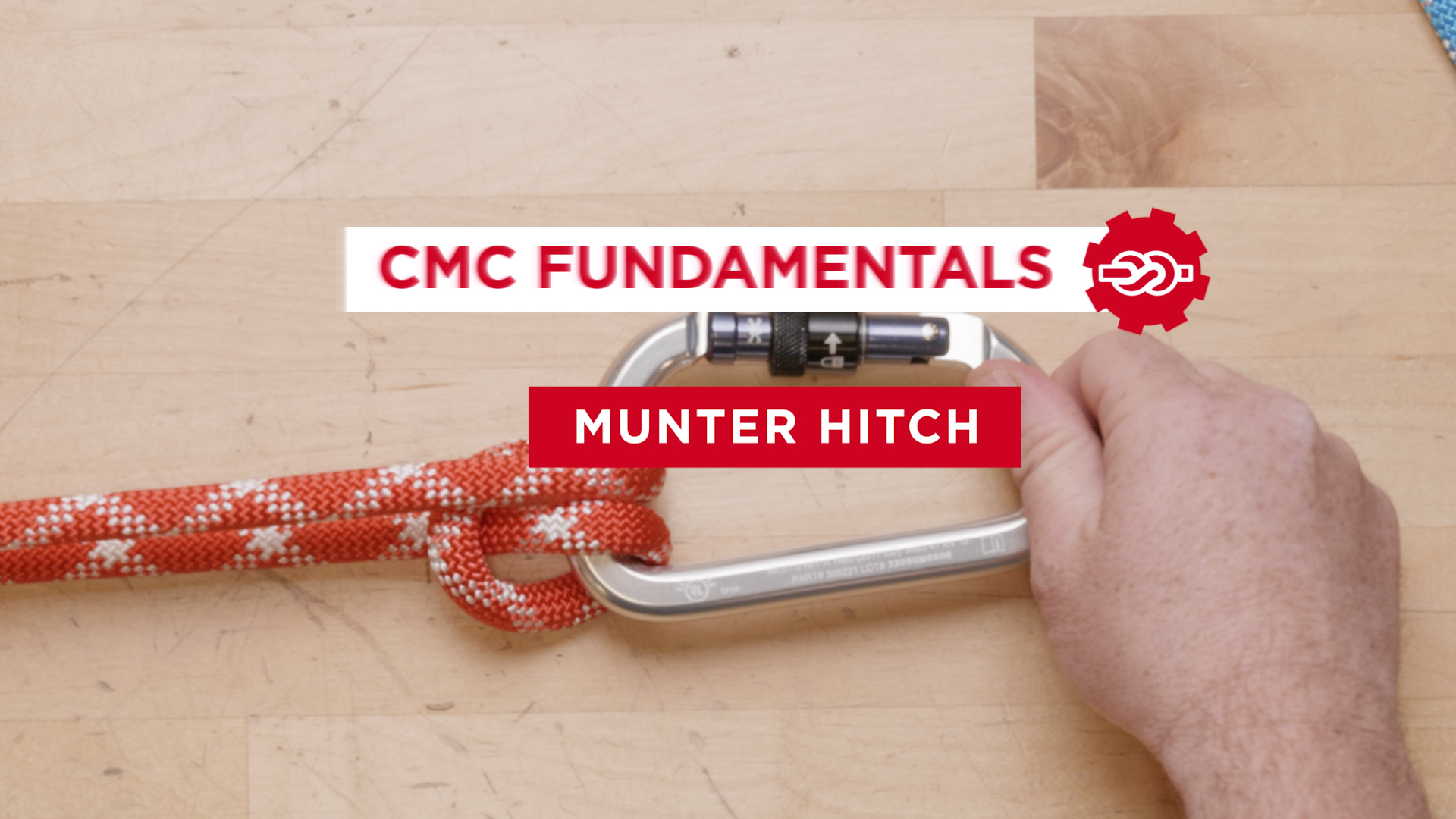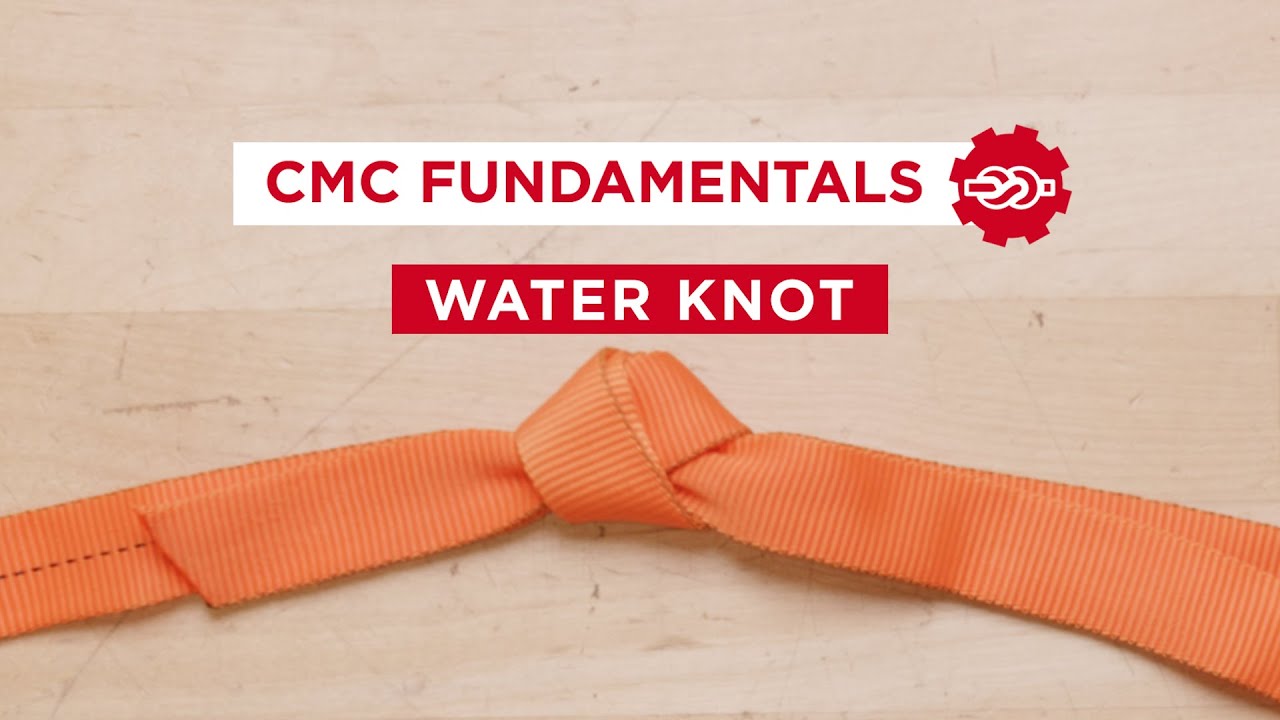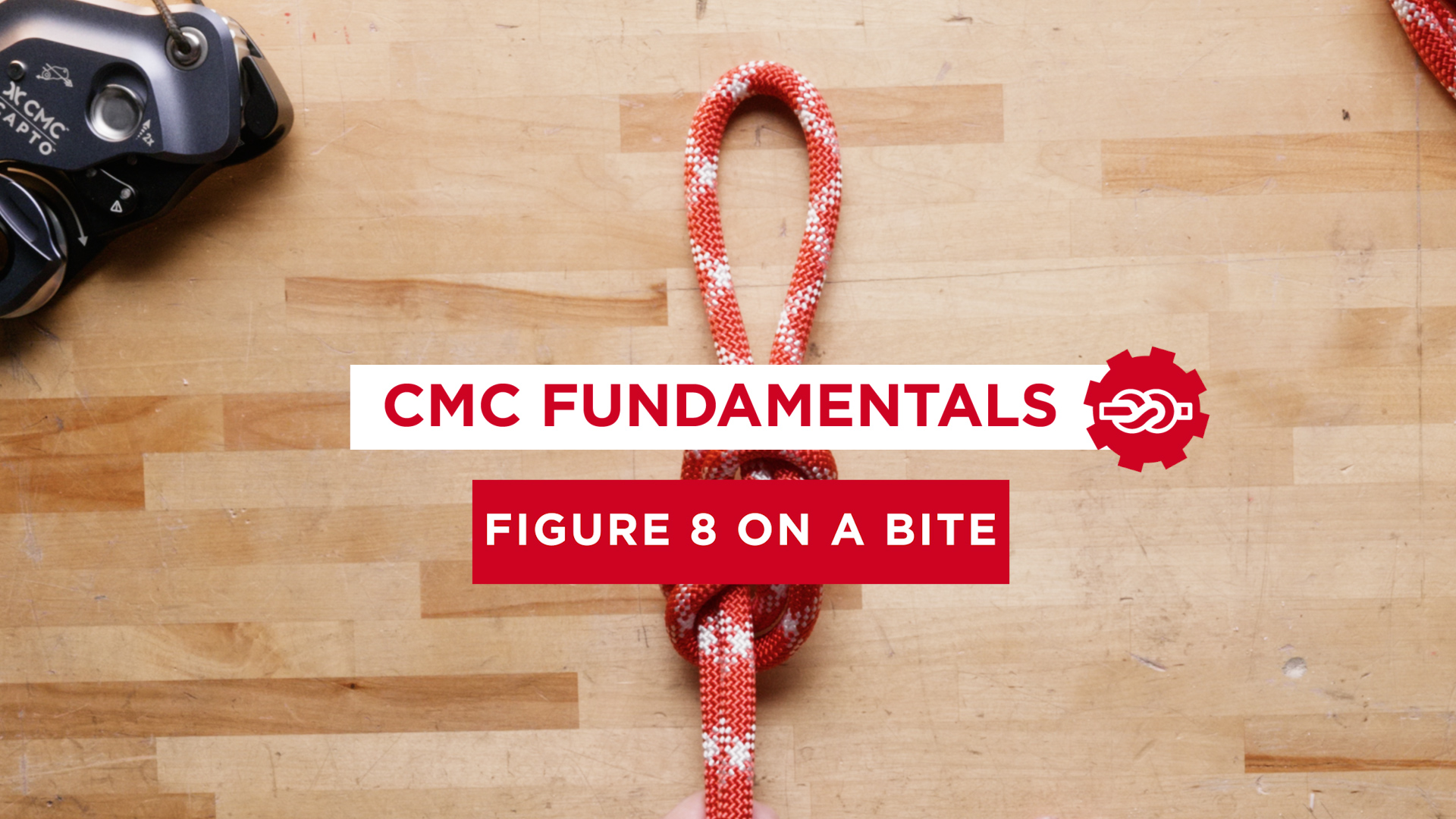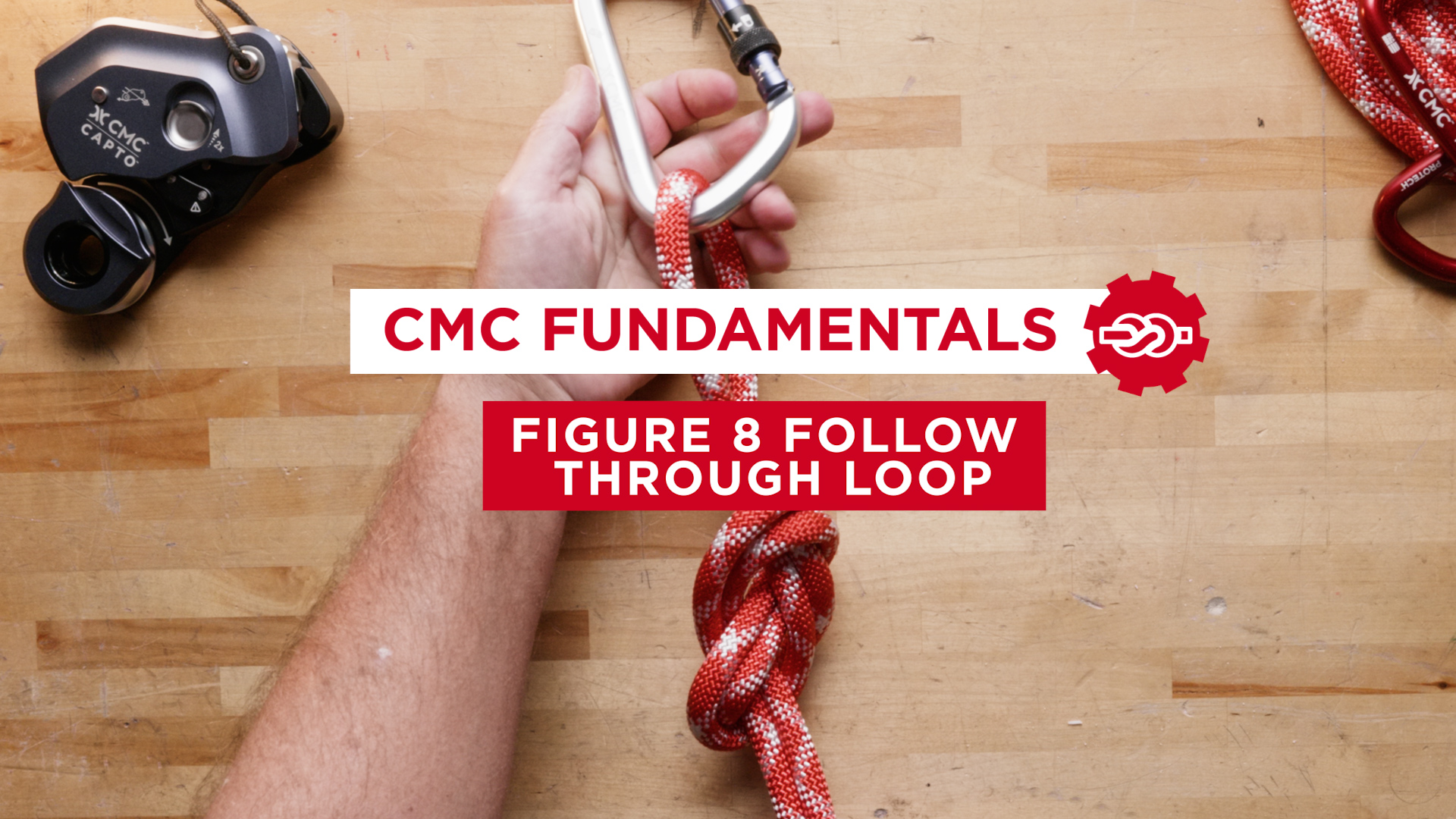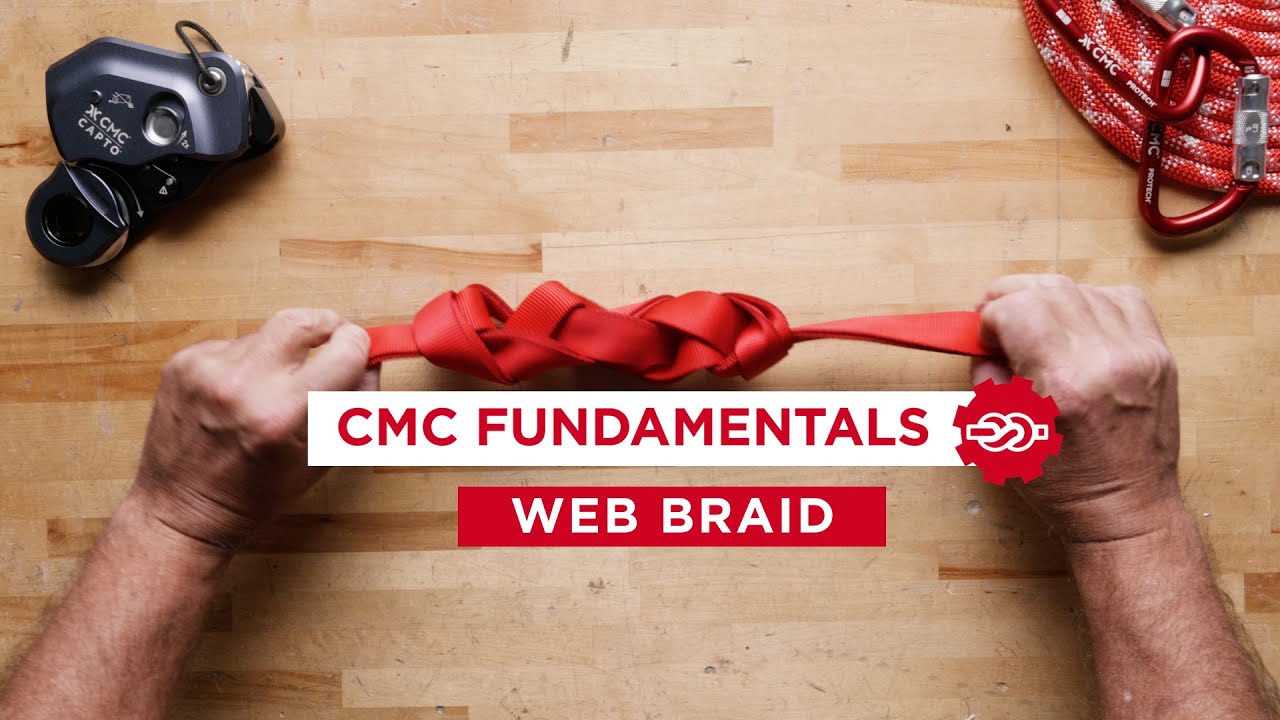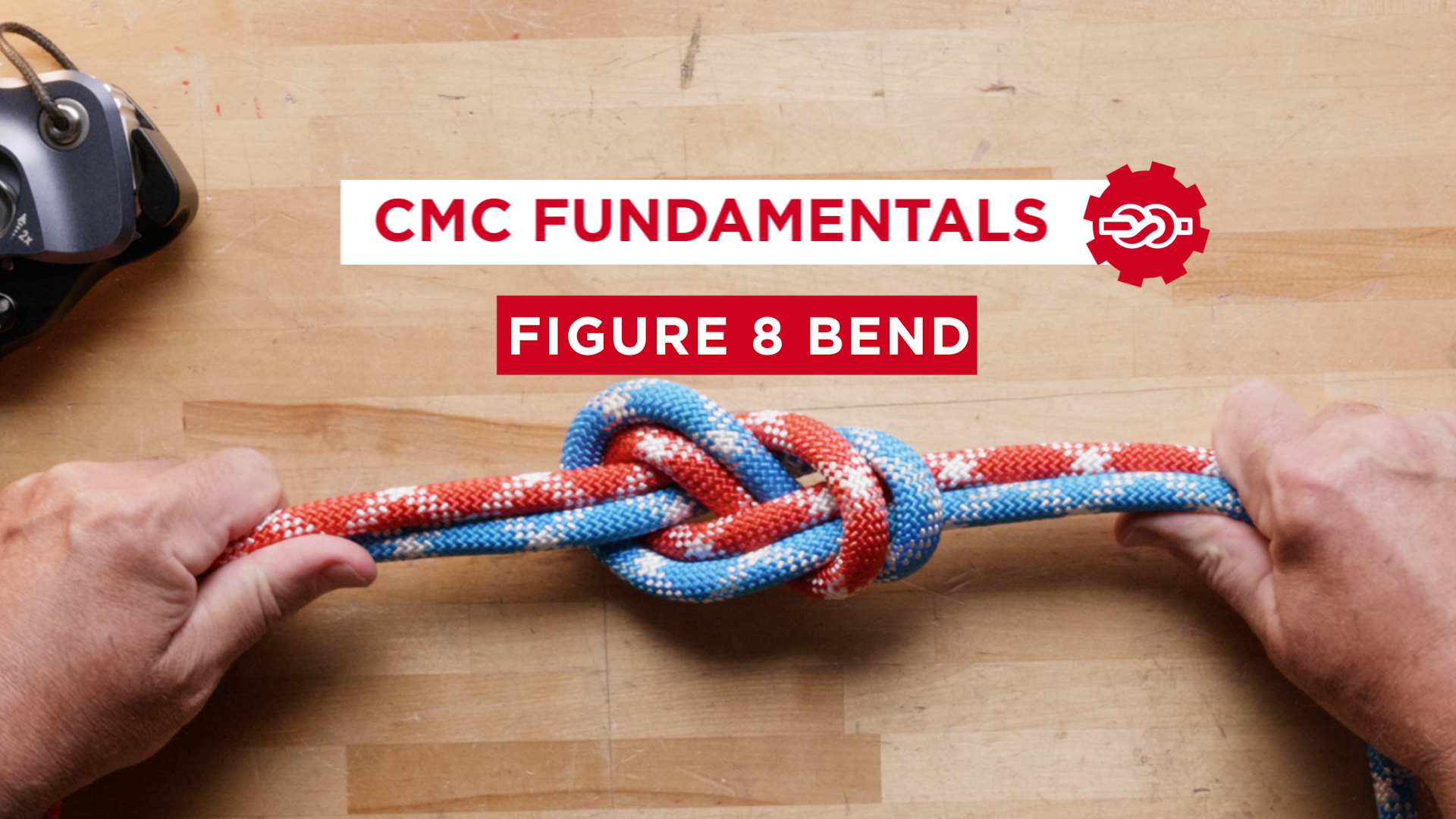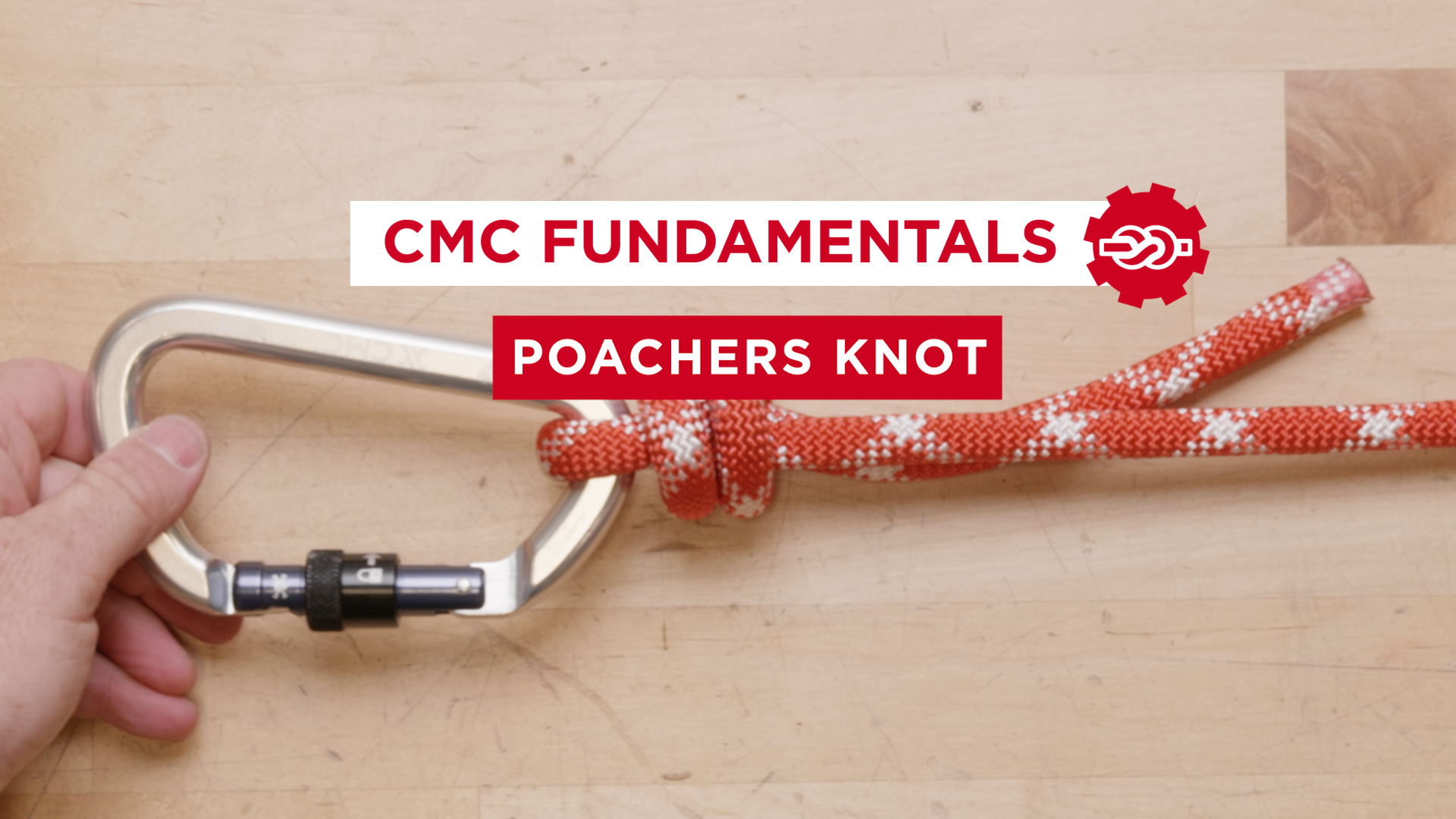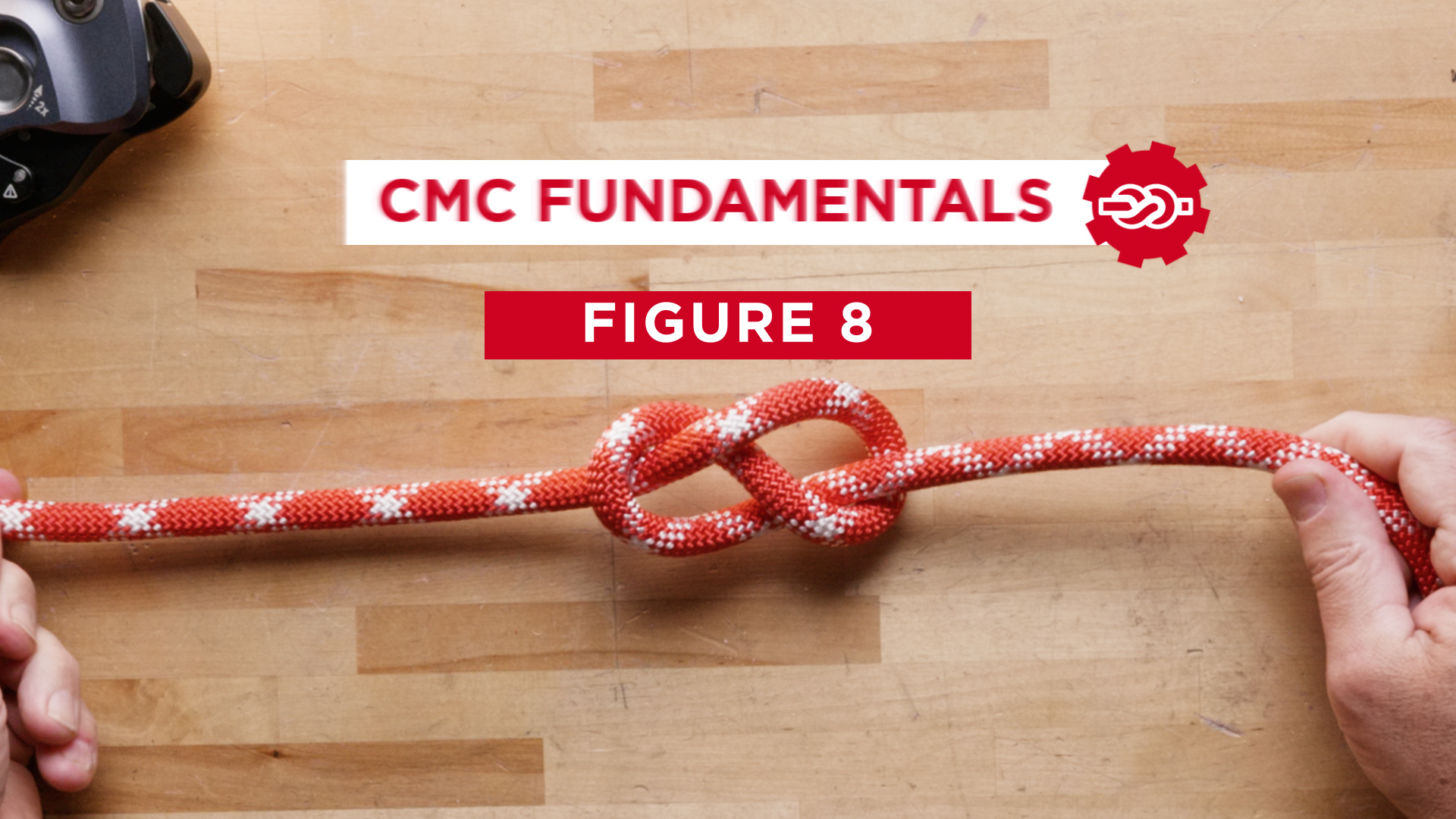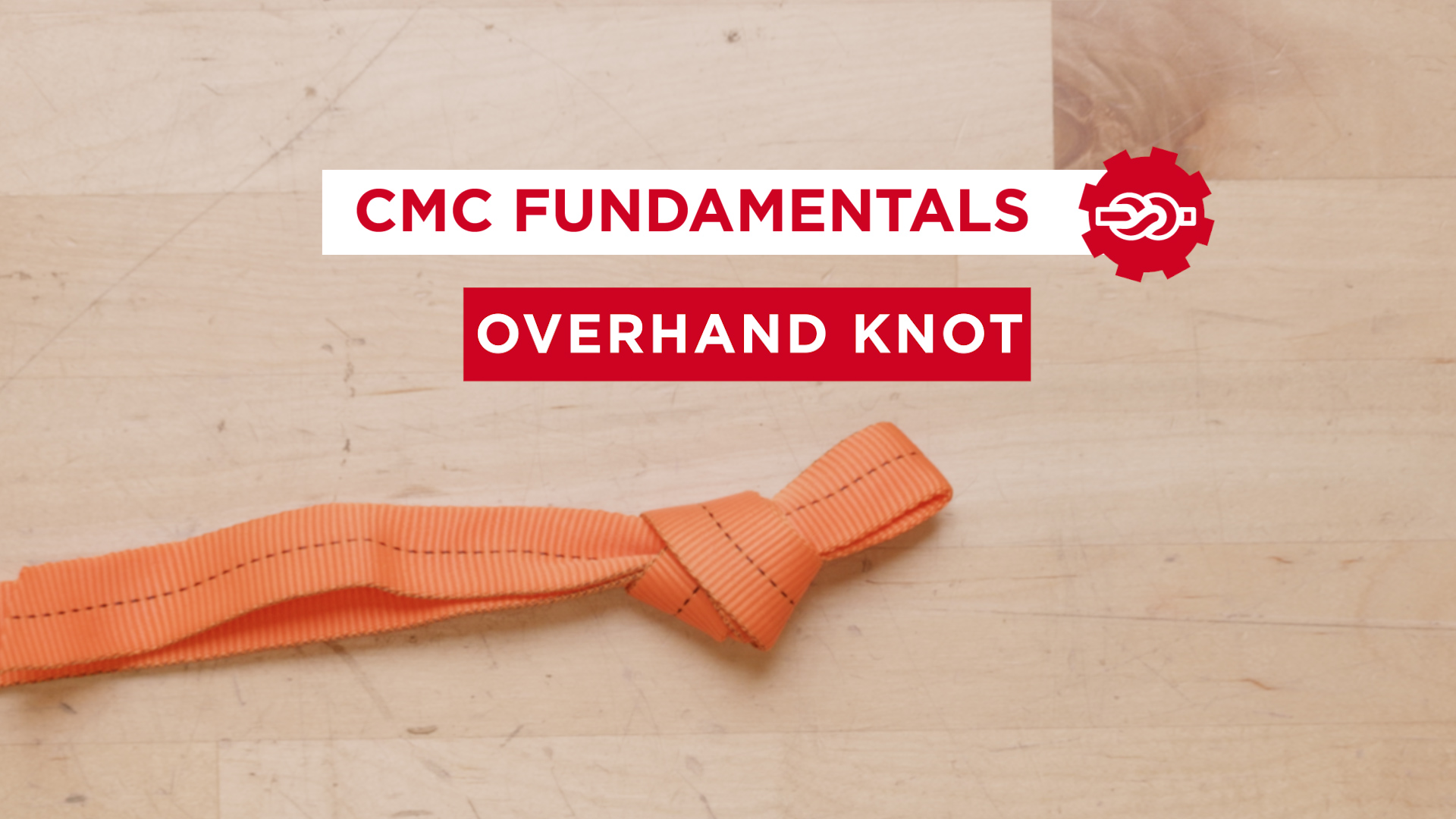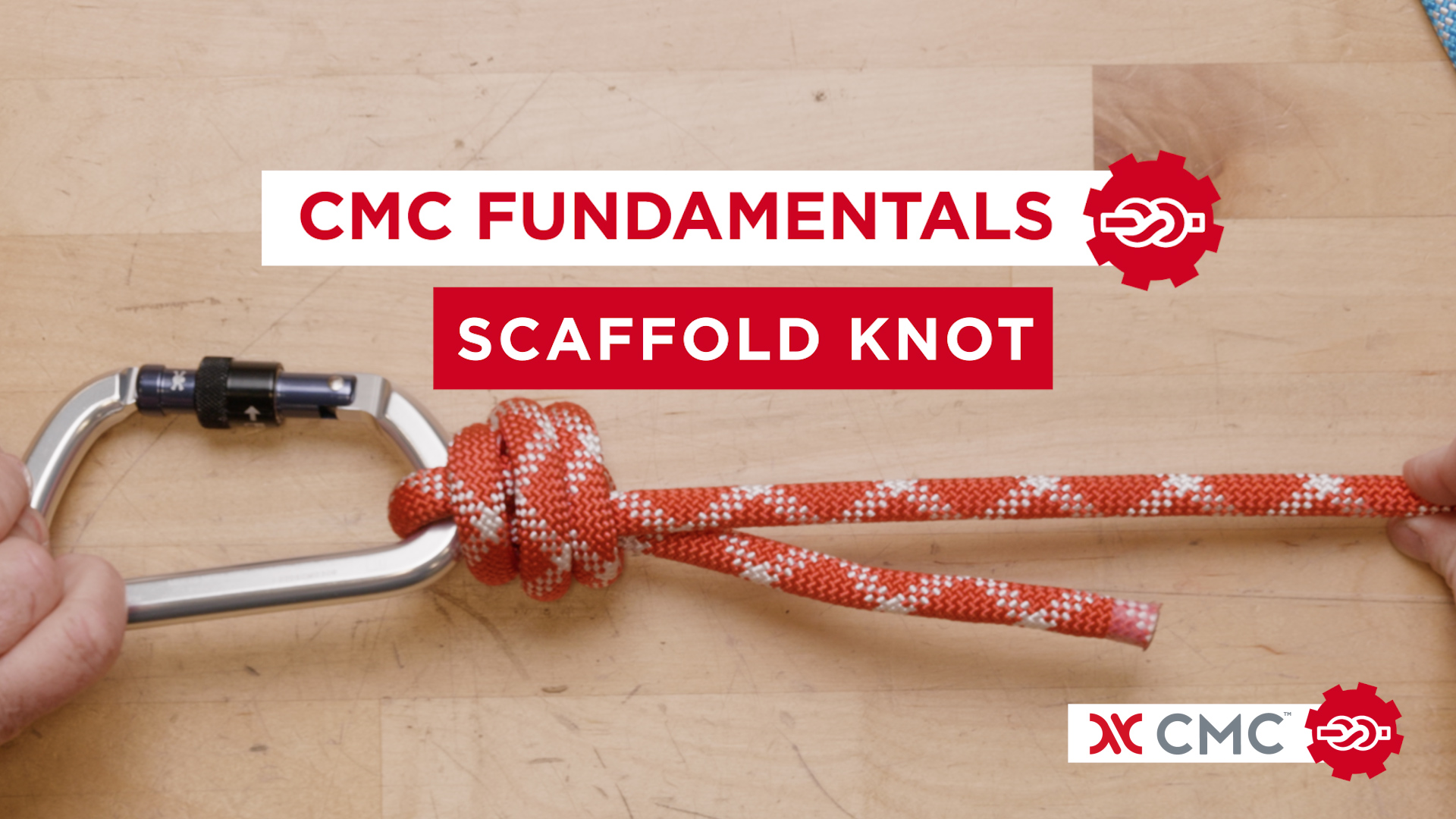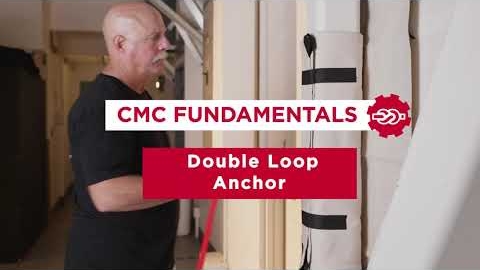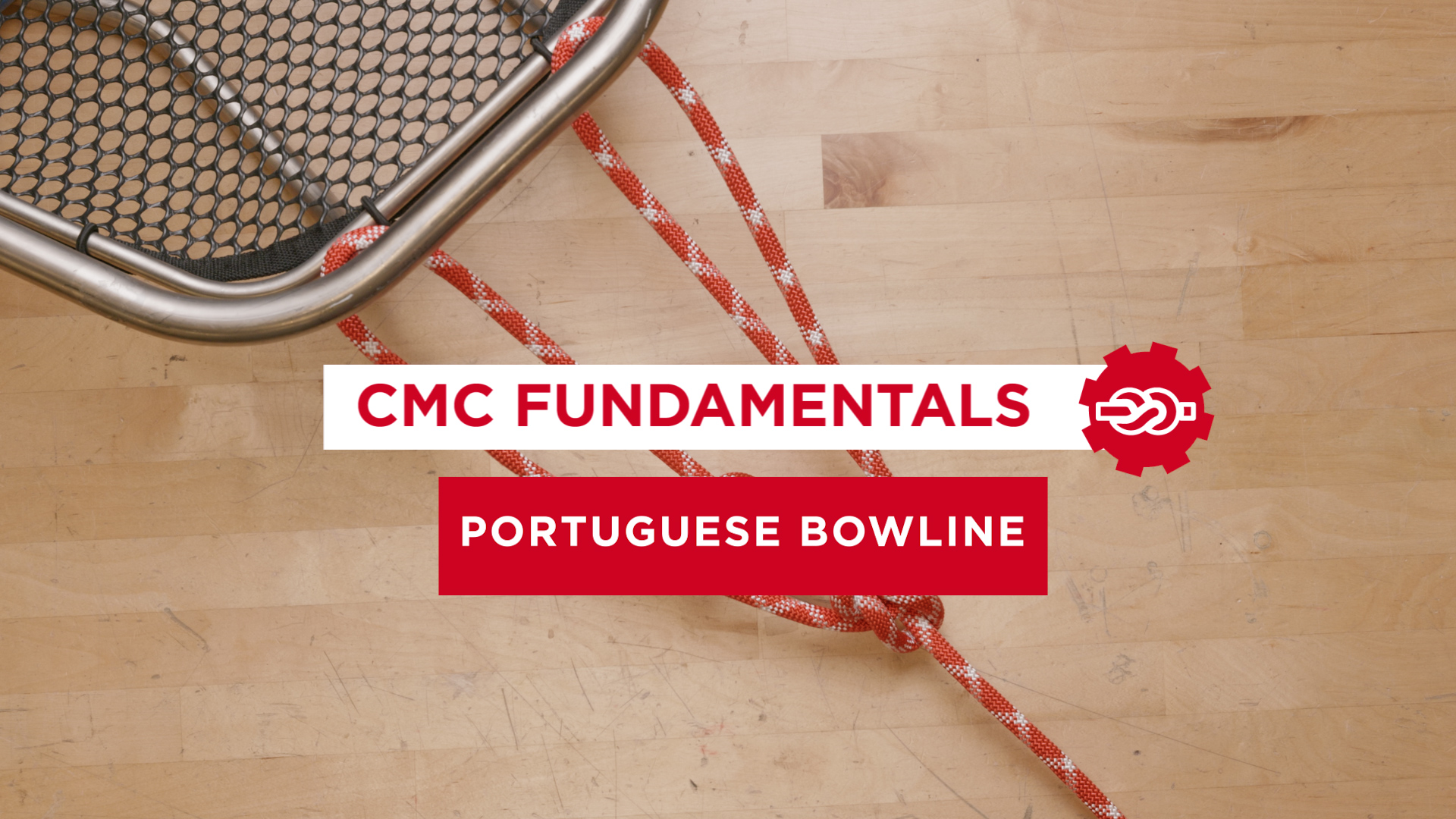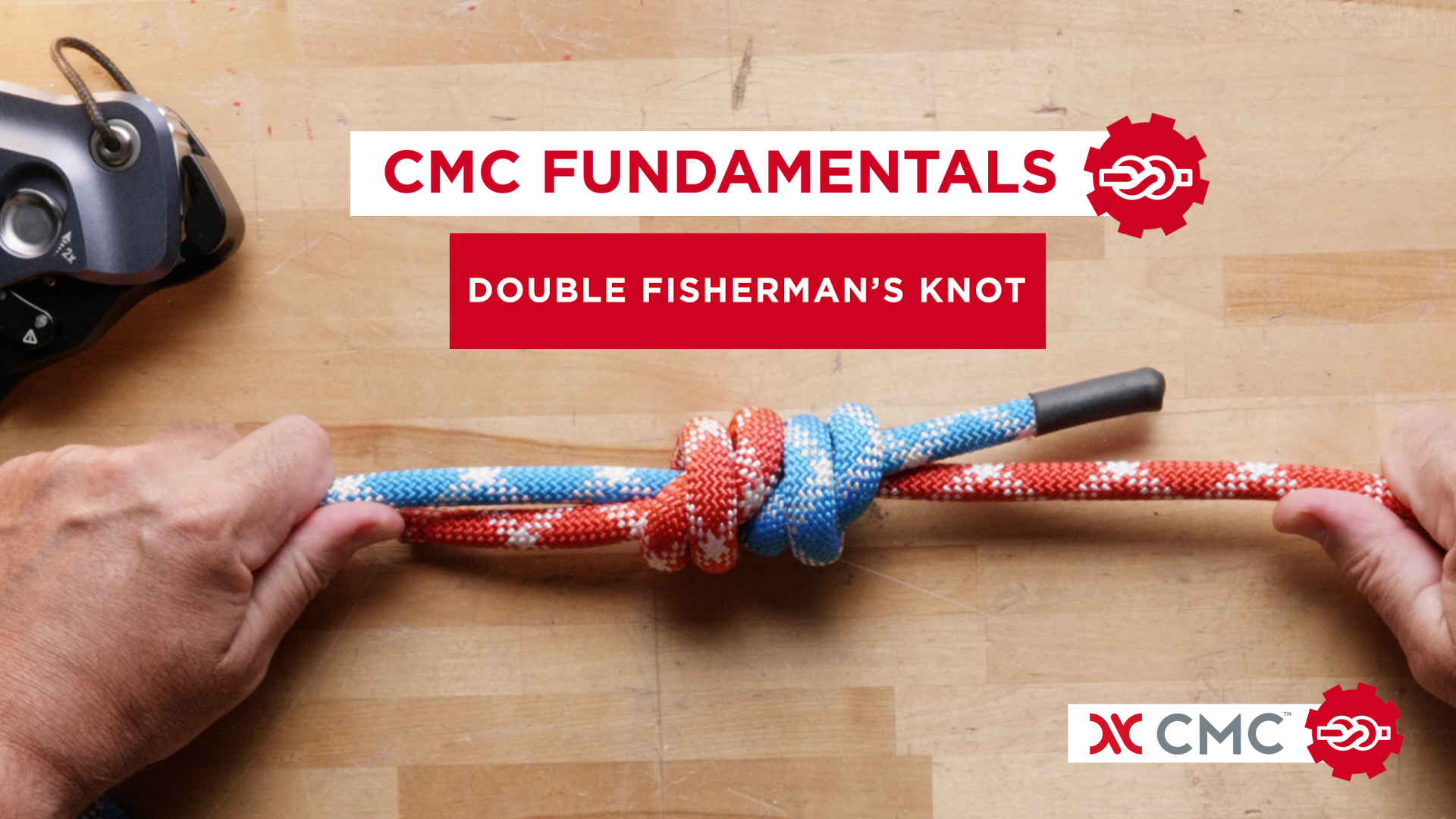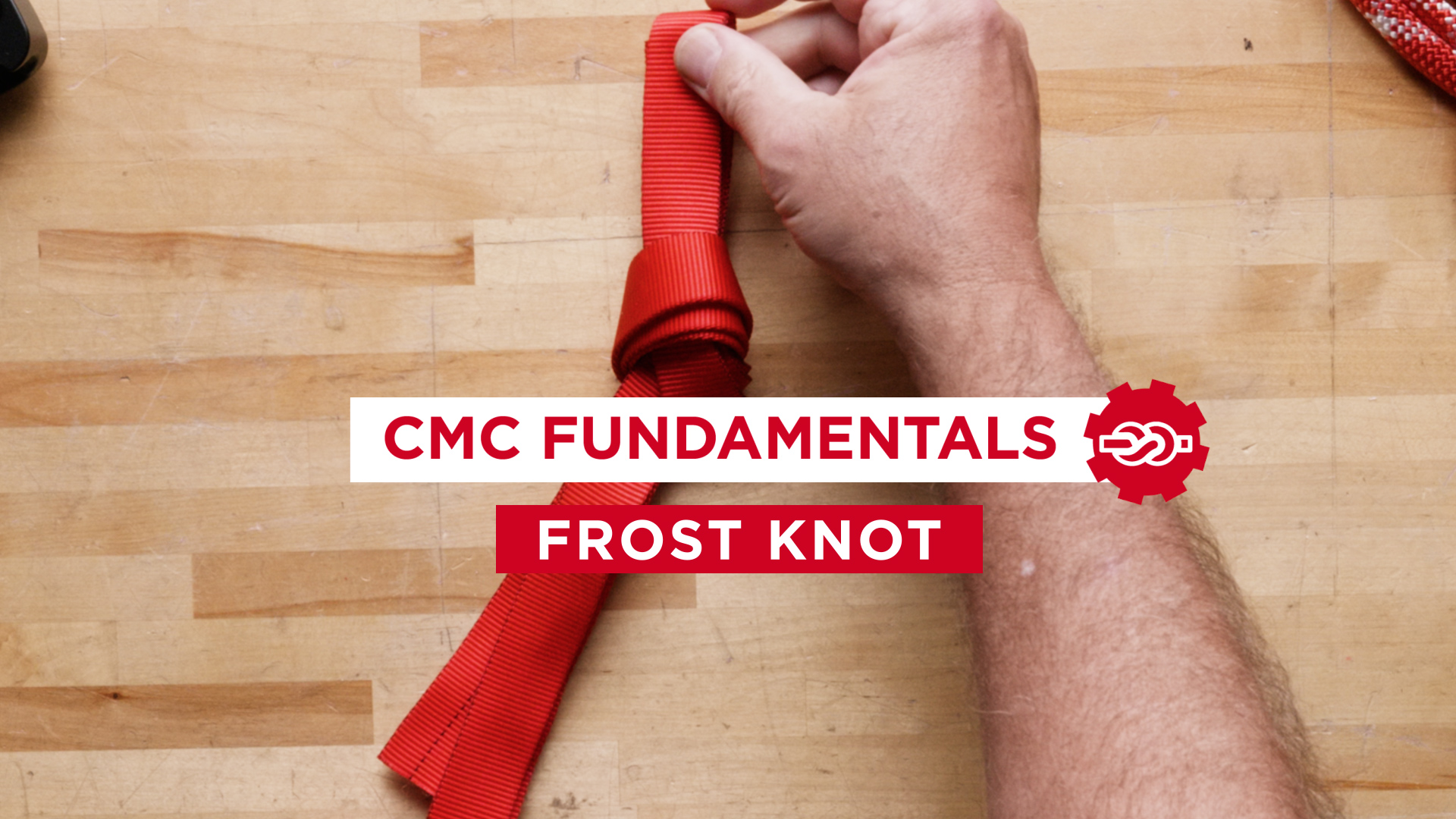
CMC Podcast 9 - Myths in Rope Rescue (Part III of III)
Contributors in this Episode
Summary:
Myths in rope rescue often start from a truth and evolve into misinformation over time. In this episode hosted by Doug McElmury, CMC School instructors continue the discussion around some common myths that are prevalent in rope rescue specifically focusing on the topic of NFPA compliant gear.
Topics Discussed:
1:18 There’s no difference between NFPA and non-NFPA rated gear.
10:05 What are some of the portions of NFPA testing and inspecting?
17:25 Clarifying semantics of NFPA ‘certified’ vs ‘classified’ or ‘compliant’.
25:24 What is the evolution of the testing process?
28:47 What gear is exempt from being NFPA compliant?
30:17 Evolution of the standards over time.
30:53 What impact should using NFPA gear have on the way we use the gear?
Links:
NFPA 1983 Standards: https://nfpa.org/codes-and-standards/all-codes-and-standards/list-of-codes-and-standards/detail?code=1983
15:20 False Economy: https://en.wikipedia.org/wiki/False_economy
Join the Conversation
We appreciate listener feedback. Please let us know if you have any questions or topics you’d like covered in future episodes of the CMC Podcast. You can also email us at podcast@cmcpro.com
Important Warning
- Many of the activities discussed in this podcast pose a very substantial risk of serious injury or death.
- Products and techniques discussed in this podcast are intended for use by specially trained professionals.
- Technical rescue, rappelling, climbing and the training involved are very hazardous activities. Each situation has its own unique conditions and must be evaluated by those present. Effective risk management comes from experience, proper training and good personal judgment.
- CMC is not liable for any damages arising from abuse or improper use of the techniques or equipment discussed in this podcast.
- Topics discussed are the ideas and opinions of each individual.
- Department protocol and regulations should always take precedent.


